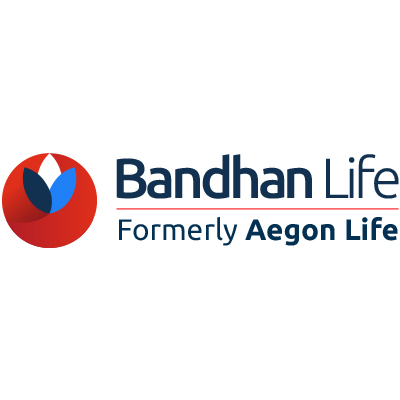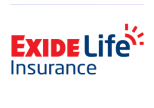Understand Your Risk Profile Before Making Any Investments
Risk and return are two sides of the same coin. With high return comes high risk and vice versa. One needs to take the needed risk to earn the excess return. A person investing in an FD as he thinks is safe but is worried about inflation eating up his returns or a person investing in an equity mutual fund gives knee jerk reactions to every market move are not investing according to their risk appetite. Clearly, the first person is willing to take more risk and the second one isn’t. Understanding one’s own risk profile is very important before they start investing.
Also, what may suit one person may not suit the other. Each individual has a different capacity of risk. Just because a person is investing in a low-risk product doesn’t mean the others also have to invest in that. The herd mentality doesn’t work for investing.

What is the Risk?
Risk refers to the degree of uncertainty or potential loss in an investment. As risk increases investors seek higher returns to compensate for the risk. Risk is determined by multiple factors. The factors that determine the risk appetite of a person are age, income and expenses, the number of dependents on his/her income, his/her loss-bearing capacity and the person’s psychological factors. All these things make up the risk profile of a person. A person with lower age, higher income, lesser expenses, high-risk bearing capacity, and fewer dependents might have a high-risk appetite than others. The risk profile has to be in tandem with the investment made. By analyzing their risk appetite and comparing with the returns one can understand which asset classes best suit them.
How Can One Reduce The Risk In Their Portfolio?
Diversification is the key to reduce risk in a portfolio. Having a balance of multiple asset classes will help reduce risk in a portfolio. Equity, debt and balanced mutual funds can help diversify investments. Equity mutual funds invest in equity markets. There are multiple options available to you like the large, mid, small, and multi-cap. Debt funds invest in various corporate bonds, government bonds, and money market instruments. They give a better return than the traditional FDs. Balanced mutual funds are hybrid instruments of debt and equity. They strike a balance between the two asset classes. It’s like getting the best of both worlds. Avoiding sector-specific and thematic funds is better if one has little to no knowledge about the sector.
Asset Allocation Based On Determinants Of Risk Appetite
One can always invest based on their age. The early one starts investing the higher the risk they can take. People in their 20s can take more risks than the ones in their 50s. Hence it is always better to start investing early in life and take more risk and earn high returns. As one grows in age, so does their responsibilities. One has to actively manage their asset allocation based on their age. Having considered equity as a risky part of the portfolio, at different ages one needs to have different equity allocation. As age increases the risk appetite will reduce and so will the equity allocation.
Investing based on income is better. As income rises investment should increase too. Increasing the investment every year by 5-10% can help one reach their financial goals faster or accumulate large amounts at the end of the goal period. Increasing investment every year can also help beat inflation.
One has to focus on reducing their unnecessary expenses as major expenses increase as age increases. Try cutting down expenses and invest every extra rupee.
A person panicking for every small drop in the market is a person who is unwilling to take the risk. He/she should be looking at investing in less risky assets. A person looking for more returns and who is bullish about the market can take more risk than a person bearish about the market. A person’s psychological factors also play an important role in deciding the risk appetite of a person.
Conclusion
It is very important to understand one’s risk appetite before investing. Else the investments will be too risky or not risky at all reducing the returns. Age is the major factor for deciding on the risk profile of a person. A younger person should take more risks than an older one. As income increases, the investment increases. Understand your risk appetite and invest accordingly.
Also Read: What Are Stocks And Securities?
Meaning Of Income Benefit In Life Insurance
Disclaimer: This article is issued in the general public interest and meant for general information purposes only. Readers are advised not to rely on the contents of the article as conclusive in nature and should research further or consult an expert in this regard.









































